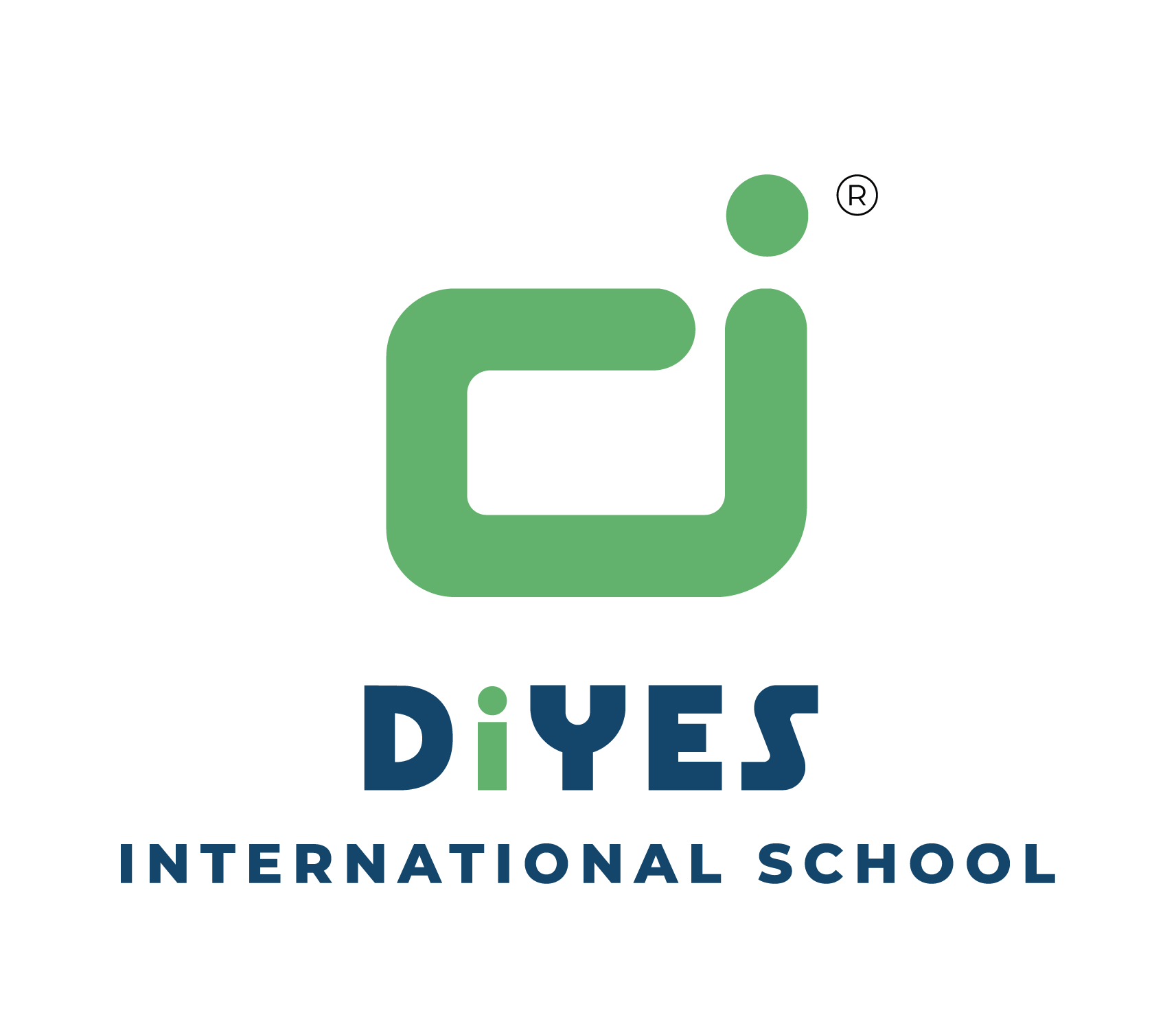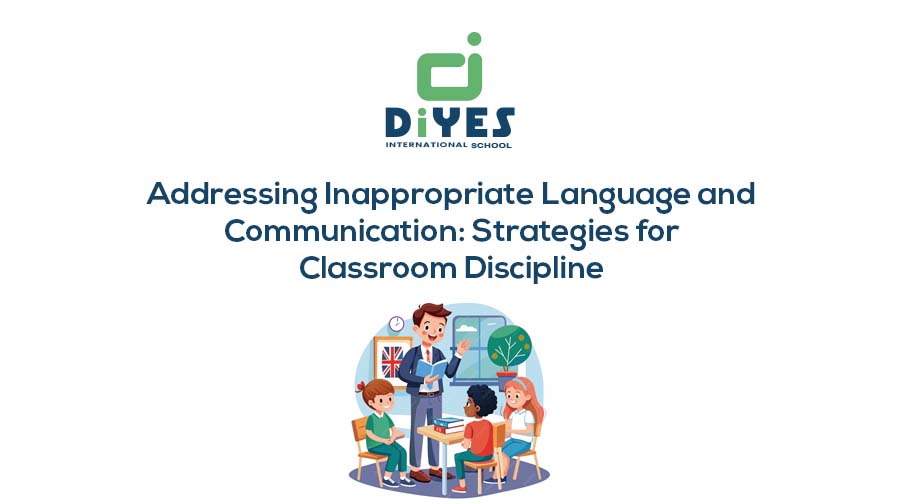In today’s diverse classroom settings, educators face the challenge of managing inappropriate language at school and communication effectively. Addressing these behaviours not only nurtures a respectful learning environment but also promotes positive social interactions and enhances academic focus. This blog delves into strategies that teachers can employ to address and mitigate instances of children using bad language at school and explores how to stop a child from saying bad words, empowering them to cultivate a supportive and conducive classroom atmosphere.

Effective classroom management is crucial for creating a conducive learning environment where students can excel academically and socially. From setting clear expectations to implementing positive reinforcement techniques, discover actionable approaches to promote respectful and constructive communication among students.
Setting Clear Expectations and Rules
Establishing clear expectations and rules lays the foundation for appropriate behaviour in the classroom. Here are practical steps educators can take to define and communicate expectations regarding language and communication.
- Clearly Define Acceptable Language: Explicitly outline what constitutes appropriate language and communication in the classroom setting. Discuss with students the importance of respectful dialogue and the impact of language on the learning environment.
- Establish Consequences for Inappropriate Language: Communicate consequences for using inappropriate language, ensuring students understand the repercussions of their actions. Consistency is key in enforcing consequences to maintain accountability and uphold classroom expectations.
- Collaboratively Develop Classroom Norms: Involve students in creating classroom norms and expectations regarding language and communication. This participatory approach promotes ownership and encourages students to uphold agreed-upon standards of conduct.
- Provide Visual Reminders: Display visual cues or posters that reinforce positive communication norms and remind students of expected behaviour. Visual reminders serve as constant reinforcement and support students in making mindful choices.
By setting clear expectations and rules for language and communication, educators create a structured environment where students understand boundaries and are empowered to communicate respectfully and effectively.
Implementing Positive Reinforcement Techniques
Positive reinforcement is a powerful tool for encouraging desired behaviours and nurturing a positive classroom culture. Here are strategies for educators to implement positive reinforcement techniques to promote appropriate language and communication.
- Praise and Acknowledge Positive Behaviour: Reinforce positive language and communication by verbally acknowledging students who exhibit respectful and constructive dialogue. Celebrate instances where students demonstrate effective communication skills.
- Use Incentives and Rewards: Establish a reward system that recognizes students for using appropriate language and communication. This can include privileges, tokens, or class-wide incentives that motivate students to uphold behavioural expectations.
- Encourage Peer Recognition: Nurture a culture where students recognize and appreciate their peers for using respectful language and communication. Peer acknowledgment reinforces positive behaviour and encourages a supportive classroom community.
- Provide Constructive Feedback: Offer specific and constructive feedback to students when addressing instances of inappropriate language. Focus on redirecting behaviour positively and reinforcing alternative ways to communicate effectively.
Positive reinforcement techniques implemented by educators cultivate a supportive learning environment wherein students are motivated to actively engage in respectful communication and uphold behavioural expectations.
Teaching and Modelling Effective Communication Skills
Educators play a crucial role in teaching and modelling effective communication skills. By equipping students with the tools to express themselves clearly and respectfully, teachers empower them to navigate interpersonal interactions with confidence.
- Incorporate Communication Skills in Curriculum: Integrate lessons or activities that teach communication skills such as active listening, conflict resolution, and empathy. Provide opportunities for students to practice these skills in various contexts, including group work and classroom discussions.
- Role-Model Positive Communication: Demonstrate respectful and effective communication in your interactions with students and colleagues.

Model active listening, clear expression of ideas, and constructive feedback to illustrate communication norms.
- Facilitate Discussions on Communication: Engage students in discussions about the importance of effective communication and its impact on relationships and learning. Encourage critical thinking about language choices and the consequences of different communication styles.
- Offer Communication Workshops or Seminars: Organize workshops or invite guest speakers to discuss communication strategies and etiquette with students. Provide resources and guidance on navigating challenging conversations and promoting understanding.
Educators empower students to communicate confidently and respectfully, nurturing a positive classroom environment conducive to learning and growth through teaching and modelling effective communication skills.
Addressing Inappropriate Language Through Restorative Practices
Restorative practices focus on repairing harm and restoring relationships through dialogue and understanding. Here’s how educators can utilize restorative approaches to address instances of inappropriate language and promote accountability:
- Conduct Restorative Circles: Facilitate restorative circles to address conflicts or incidents involving inappropriate language. Create a safe space for dialogue where students can express their feelings, listen actively, and work towards resolution.
- Focus on Understanding Impact: Encourage students to reflect on the impact of their words and actions on others. Promote empathy and accountability by discussing the consequences of language and exploring ways to repair harm.
- Collaborate on Agreements: Involve students in developing agreements or action plans to prevent future incidents of inappropriate language. Encourage them to brainstorm solutions and commit to respectful communication norms.
- Provide Support and Follow-Up: Offer support to students involved in incidents of inappropriate language, ensuring they understand expectations and are equipped with strategies for positive communication. Follow up to monitor progress and reinforce learning.
Restorative practices implemented by educators cultivate a classroom culture centred around empathy, accountability, and mutual respect. Resolving conflicts and addressing inappropriate language through dialogue and understanding not only strengthen relationships but also contribute to creating a positive and supportive learning environment.
Cultivating Empathy and Social Emotional Learning (SEL)
Cultivating empathy and nurturing social emotional learning (SEL) skills are essential for promoting respectful communication and reducing instances of inappropriate language in the classroom. Here are strategies for educators to integrate SEL into their teaching practices and empower students to empathize with others’ perspectives.
- Teach Empathy Through Literature and Storytelling: Use literature, stories, and real-life scenarios to teach students about empathy and perspective-taking. Discuss characters’ emotions, motivations, and experiences to help students develop empathy and understand diverse viewpoints.
- Implement SEL Programs and Activities: Integrate SEL programs and activities into the curriculum that focus on emotional regulation, empathy, active listening, and conflict resolution. Provide structured opportunities for students to practice these skills through role-playing, group discussions, and collaborative projects.
- Nurture a Positive Classroom Culture: Create a classroom culture that values empathy, kindness, and respect. Establish norms and routines that promote empathy and encourage students to support one another, communicate openly, and resolve conflicts peacefully.
- Encourage Peer Support and Collaboration: Promote peer support and collaboration by assigning group projects and cooperative learning activities.

Encourage students to work together, communicate effectively, and empathize with each other’s perspectives to achieve common goals.
By cultivating empathy and integrating SEL into classroom practices, educators empower students to develop strong interpersonal skills, communicate respectfully, and build positive relationships. These skills not only enhance academic success but also prepare students to navigate social interactions with empathy, compassion, and integrity.
Conclusion
Effective classroom management strategies for addressing inappropriate language and communication are essential for creating a supportive learning environment where students can excel both academically and socially. Setting clear expectations and rules establishes the foundation for respectful behaviour, nurturing accountability and creating a cohesive classroom atmosphere where every student feels safe and respected.
Implementing positive reinforcement techniques is key to shaping students’ behaviour positively. By praising and acknowledging efforts to communicate respectfully, educators motivate students to uphold these standards. Incentives for using appropriate language further encourage constructive communication and enhance classroom dynamics.
Teaching effective communication skills and integrating social emotional learning (SEL) equips students with vital tools for navigating social interactions and understanding diverse perspectives. By nurturing empathy, emotional regulation, and conflict resolution skills, educators empower students to build meaningful relationships and resolve conflicts peacefully. These skills not only enhance students’ social and emotional development but also prepare them for future academic challenges.
Addressing inappropriate language and communication requires a comprehensive approach that includes clear expectations, positive reinforcement, effective communication skills, restorative practices, and SEL. Educators play a pivotal role in creating a nurturing environment where students feel valued, supported, and empowered to contribute positively to their learning community. By prioritizing these strategies, educators nurture a culture of respect and cooperation, preparing students to succeed in a diverse and interconnected world.
At DiYES International School, we are dedicated to nurturing a learning environment that values respectful communication and nurtures social and emotional development among students. Our approach integrates the principles discussed in this blog, emphasizing clear expectations, positive reinforcement, effective communication skills, and social emotional learning (SEL). We believe in empowering students to express themselves confidently and respectfully, preparing them for future challenges with empathy and integrity. As part of our commitment to holistic education, we also offer a Behaviour and Professional Development Journal, designed to help students reflect on their behaviour, set personal goals, and track their progress in communication and interpersonal skills development.
To learn more about how DiYES International School supports student’s social and emotional growth through innovative educational practices, visit our website at www.diyesinternational.edu.in or contact us at +918547609000.


